Horses with unique manes come from all over the world, some having exquisitely long flowing manes that remind us of fairytale horses galloping to victory as their prince rescues the princess, while others have peculiar manes from short or two-toned; each, however, is unique in its own way.
Unique horse manes come in all forms of lengths and styles, from curly to straight, short to extremely long, and flaxen to multicolored. Horse manes grow from the poll to the withers of a horse’s neck; this includes the forelock, which acts as a protection to the horse’s neck and face from flies.
Horses are already majestic animals that have been around for centuries, but some of them are extra special with their long flowing locks that remind us that fairytales are real, with some horses having unique manes and the reasons why they grow as they do.
Horse Breeds That Have Unique Manes
Below are some unique horse breeds with manes that have fascinated us, from long thick wavy tresses to colorful hogged manes, with some making us jealous of the naturally radiant color and sheen.
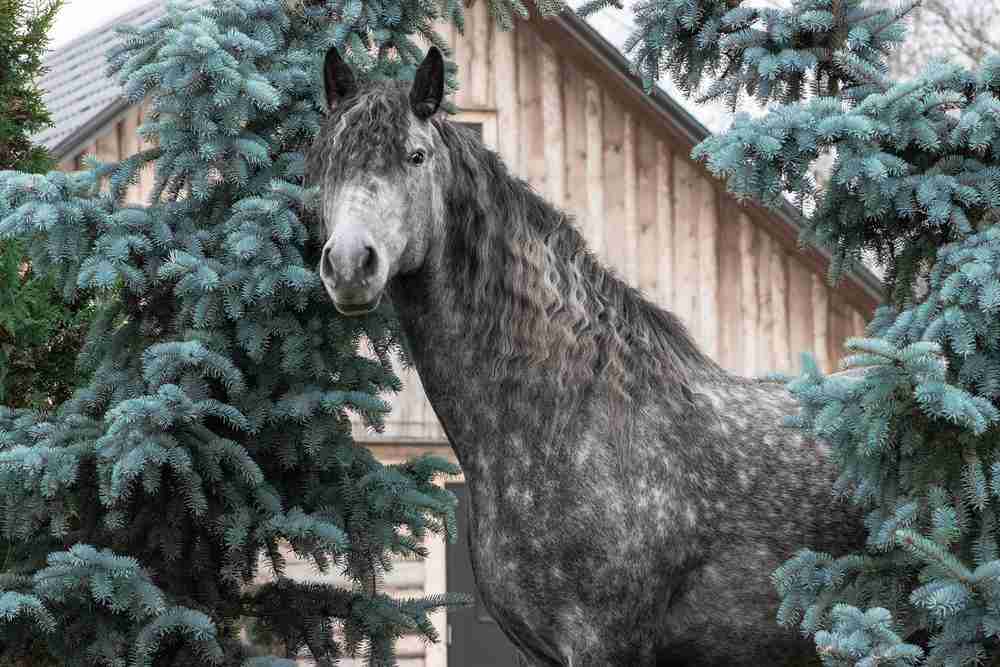
Bashkir Curly
The Bashkir Curly horse has more than just a unique mane. They have a special gene that sets them apart from other equines in the sense that apart from their mane and tail, they also sport a curly coat. Their curly coats are predominately seen in winter in cold and harsh temperatures while losing their fluffy curls in summer, where they can range from slightly wavy to straight coats.
Another unique trait of the Bashkir Curly is that they are said to be hypoallergenic and make the perfect horse for the unfortunate horse lover that is allergic to horses.
The origin of this horse is still debated, and there is no evidence proving it is related to the Russian Bashkir horse. The first record of the American Bashkir curly was documented in Nevada in the early 20th century.
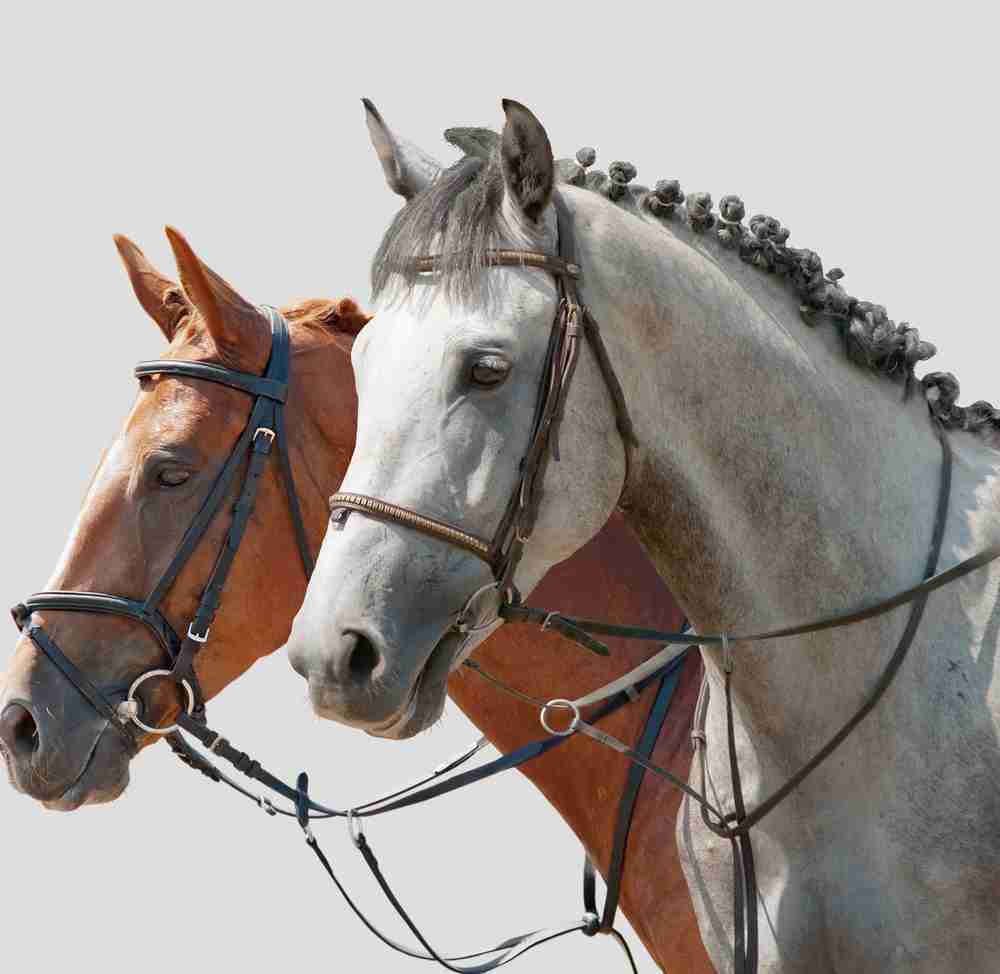
Fjord
The Fjord horse hails from Norway; although a light version of a draft horse, these muscular little horses were used for agricultural and drafting purposes. They are said to be one of the world’s oldest horses, but in modern times they are used both under saddle and in harness.
What makes these Norwegian horses unique are their manes. The two-toned mane of a black center and flaxen sides gives this horse its distinct character. Often hogged in a crescent shape, between two and four inches, to emphasize the shape of the neck.
If left to grow long, the beautifully highlighted mane can grow long enough to fall over, but the heavy and coarse mane can pull the crest of the neck over, resulting in a broken crest that will likely never straighten up again.
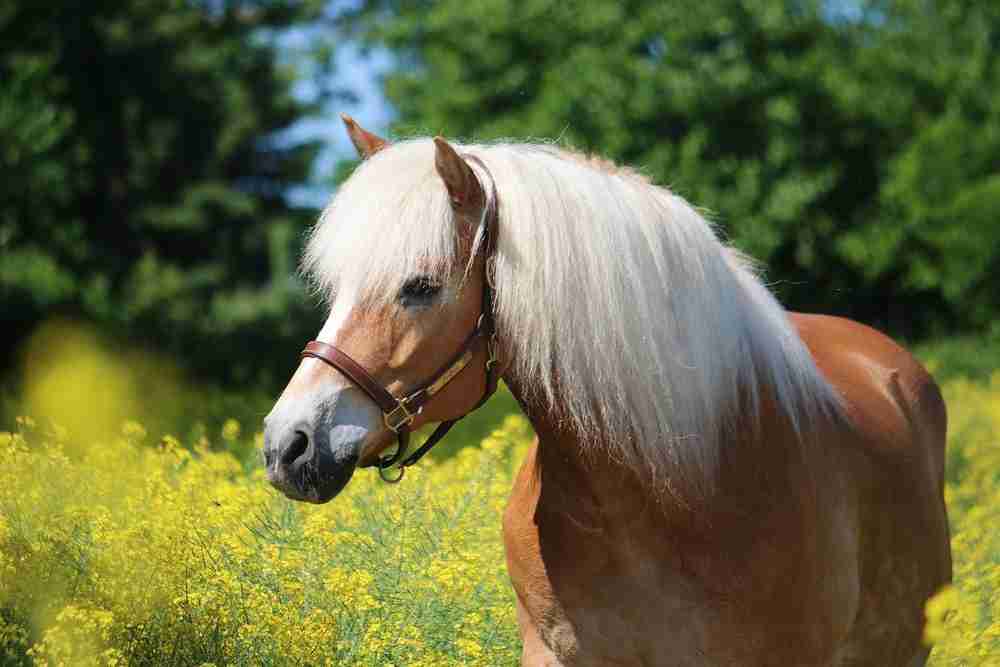
Haflinger Horse
The Haflinger horse falls in the pony category if you consider that it is normally 13.2 to 15 hands high. But because of its stockiness and powerful build, it is always considered a horse.
Originally bred in the Austrian Alps and Northern Italy, it developed a long thick mane that would keep its neck warm during the cold mountain winters.
The striking color contrast of the horse’s light flaxen mane to the color of its varying hues of chestnut coat color is what makes this horse stand out.
Besides their desirable color, they are gentle horses that are sure-footed and still used in forestry where machinery cannot reach the trees. Highly intelligent with a good disposition, they make incredible horses for children, especially little girls that will groom that mane for hours.
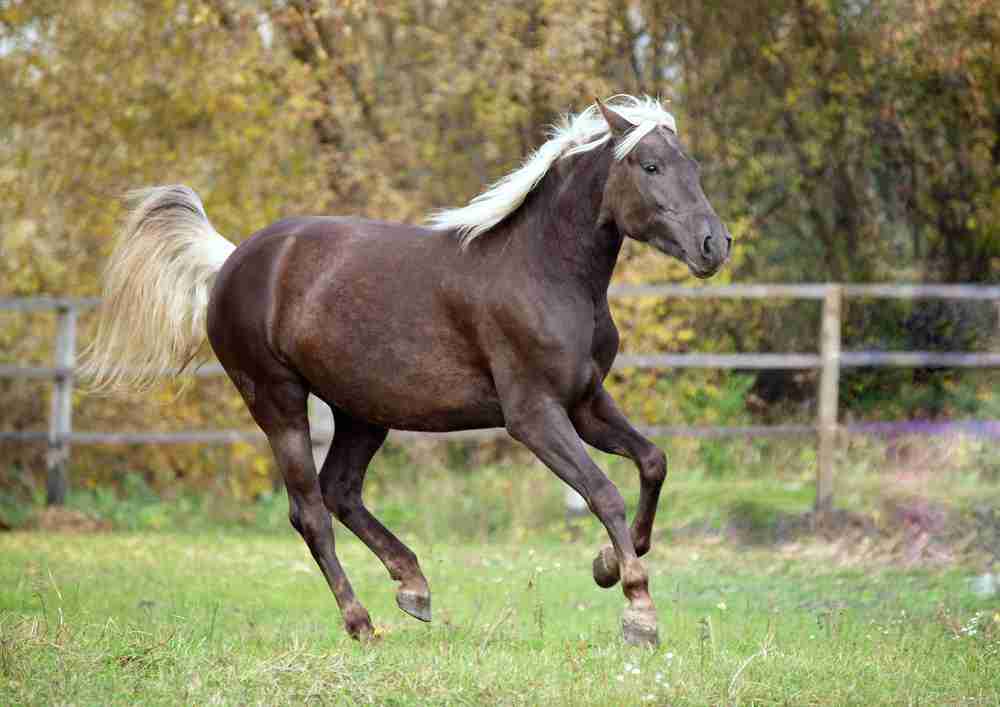
Black Forest Horse
A common trait in horses coming from cold regions is the abundance of hair and long manes, and the Black Forest Horse is no exception, originating from the cold mountainous regions of Southwestern Germany.
The Black Forest Horse is another one of those striking horses with a chestnut coat varying from
light golden brown to deep liver red, almost black, with pale, sometimes even silver manes; this striking combination and their long tresses have made this gentle draft horse loved and recognized all over the world
This majestic breed is named after the Black Forest in Germany, now known as Baden Wurttemberg, where they are normally bred. They are considered endangered, with only 88 breeding stallions and 1077 mares recorded worldwide.
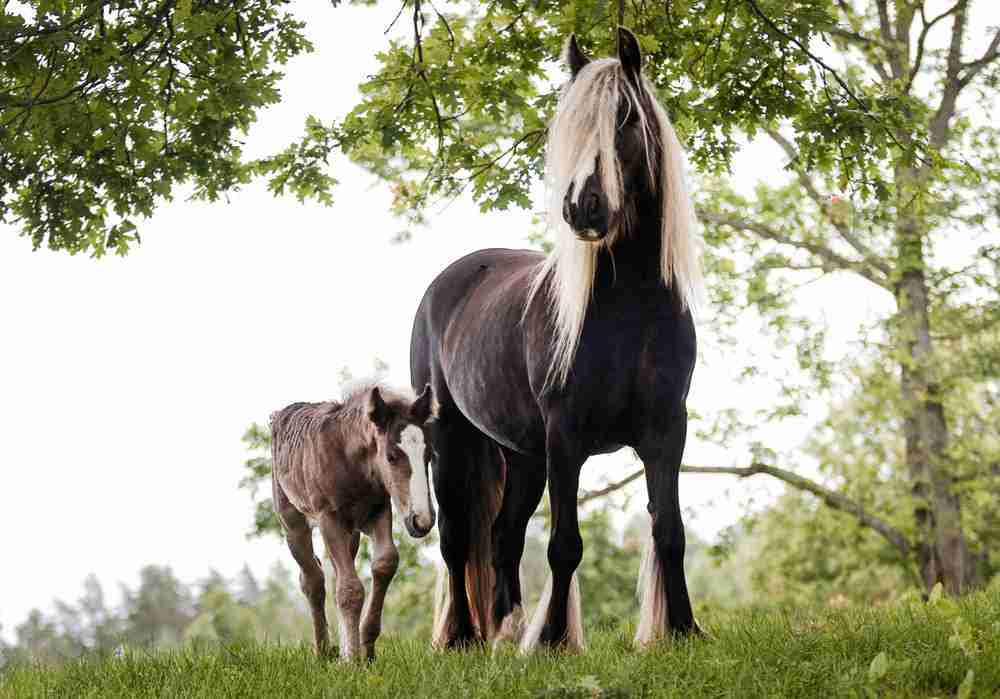
Gypsy Vanner
The history of the Gypsy Vanner began in England with the Romani breeders of Great Britain. They were bred using the Dales pony because they were stocky and strong and crossed with Shire and Clydesdales for their pulling ability and strength.
Because of the draft horse gene inherited by these stately horses, they developed the thick long flowing manes that cascade in thick tresses down their necks. Their unique coloring also makes them popular as they have the piebald coloring of black and white markings and can also be found in skewbald markings of brown and white.
Known as the people’s horse, they are bred with a height preference of 14.3 to 15 hands high as they cost less in feeding than the bigger, heavier horses, but have been noted to reach heights of 16 hands high. They have a loving and gentle personality that makes them ideal for kids.
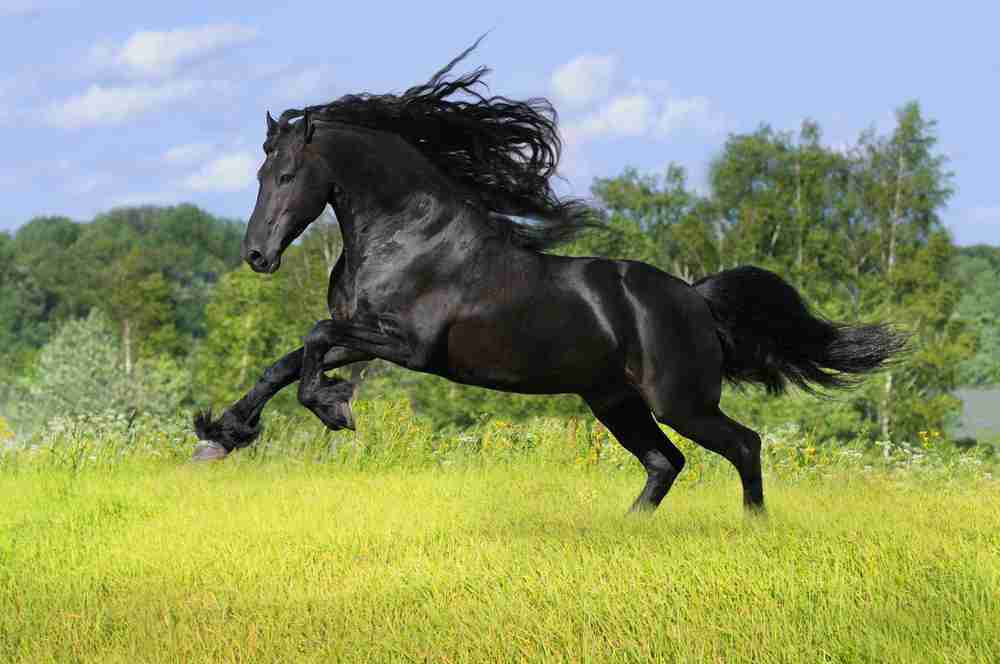
Friesian
The Friesian was originally bred in Friesland in the Netherlands. They needed to be big enough to carry armored men to war but still have the agility of a lighter horse, hence the conformation of the light draft horse.
These black beauties are widely recognized for their long, wavy flowing locks that make for a dramatic entrance. One of the breed’s standard requirements is its abundance of hair in the mane, tail, and feathers.
Other Articles You Maybe Interested In
- What Are Ergots And Chestnuts On Horses?
- What Is A Grulla Quarter Horse?
- Who Is The Boss Mare And What She Means To The Herd
- Why Do Horses Nod Their Heads: 13 Factual Reasons
- What Is The Lifespan Of A Horse?
Some people even go to great extremes to care for and maintain the horse’s flowing locks with constant grooming, braiding, and using special neck covers to protect the mane and tails from breaking.
The Friesian was virtually wiped out in the late 19th century due to crossbreeding lighter horses to make the breed more agile. In the early 20th century, only three breeding stallions were available. This spurred the joining of the registry that was renamed the Friesch Paarden Stamboek, which started the revival of the Friesian horse.
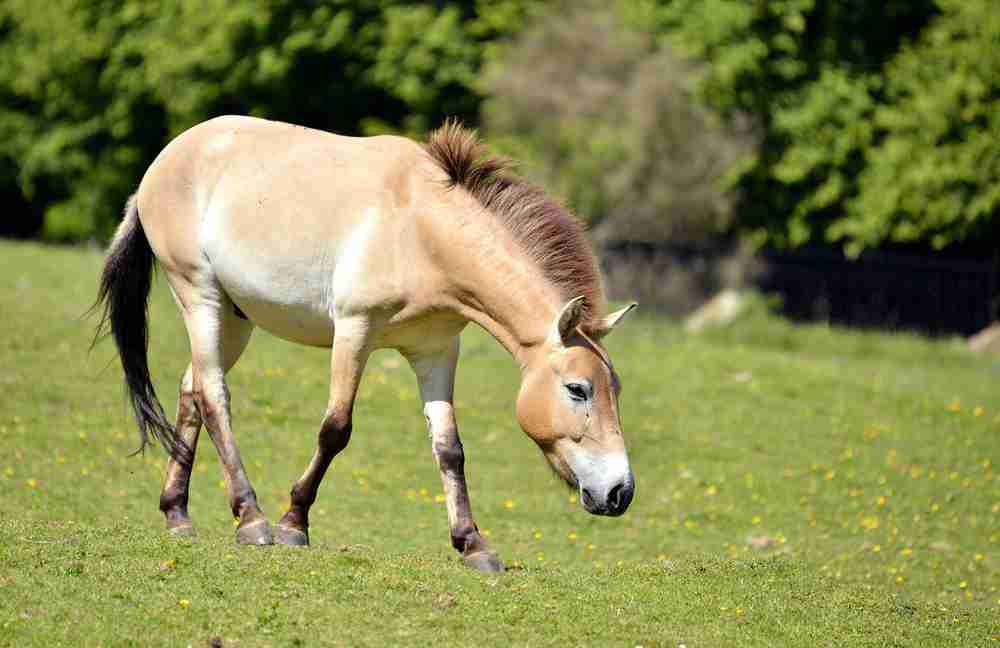
Przewalski Horse
The Przewalski horse, also known as the little Mongolian wild horse, is a rare and endangered species that was said to have been extinct in the wild but has since been reintroduced into the wild plains of Mongolia in the 1990s.
What sets them apart from most horses is their unique short and erect mane; they also do not grow a forelock giving them a permanent hogged look. Another unique trait of the Przewalski horse is that they shed the mane and tail every year, unlike other horses.
Apart from the uniqueness of the mane, these small, stocky horses have 66 chromosomes compared to the normal 64 chromosomes of other horses. These chromosomes are why the Przewalski horse is considered a different species from the horse.
Conclusion
It is said that there are over three hundred breeds of horses, each having its own uniqueness that makes it stand out among the rest of the crowd, including these eight special horses that have unique manes, from striking colors and natural curls to those that make a dramatic entrance with their long flowing locks and those that prefer to keep it short.






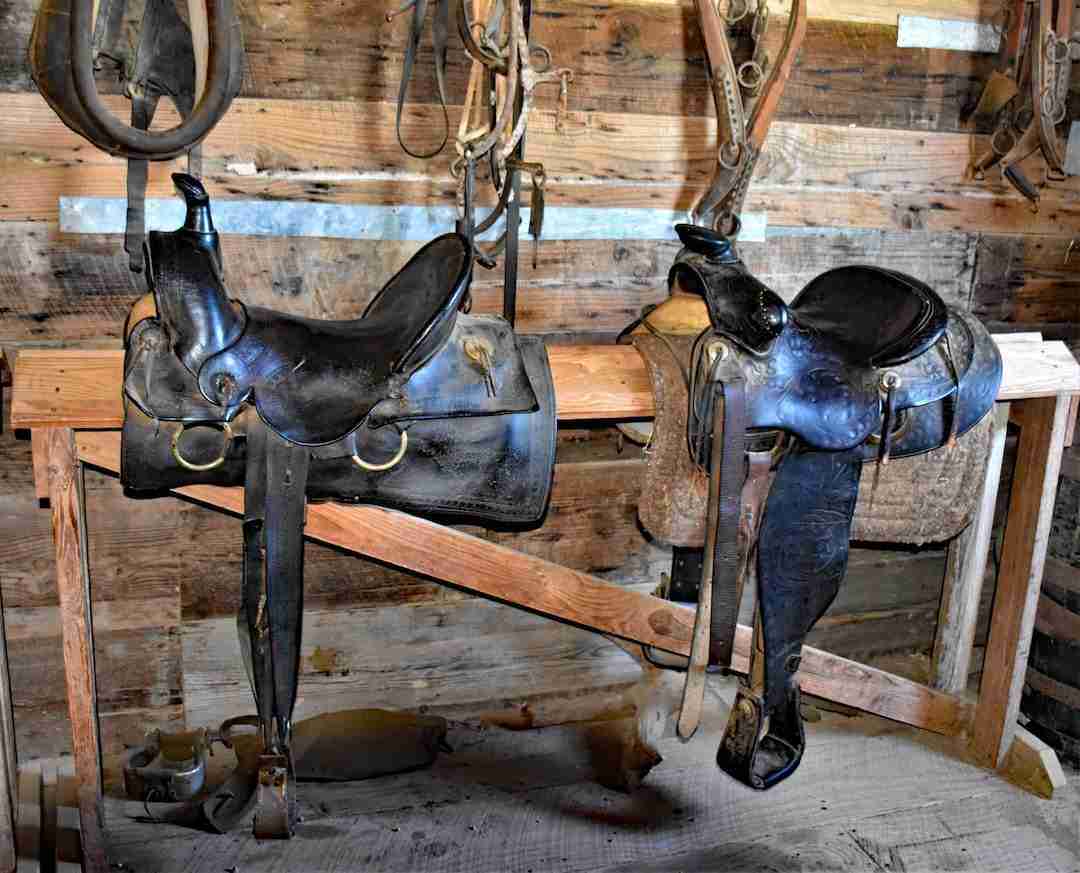

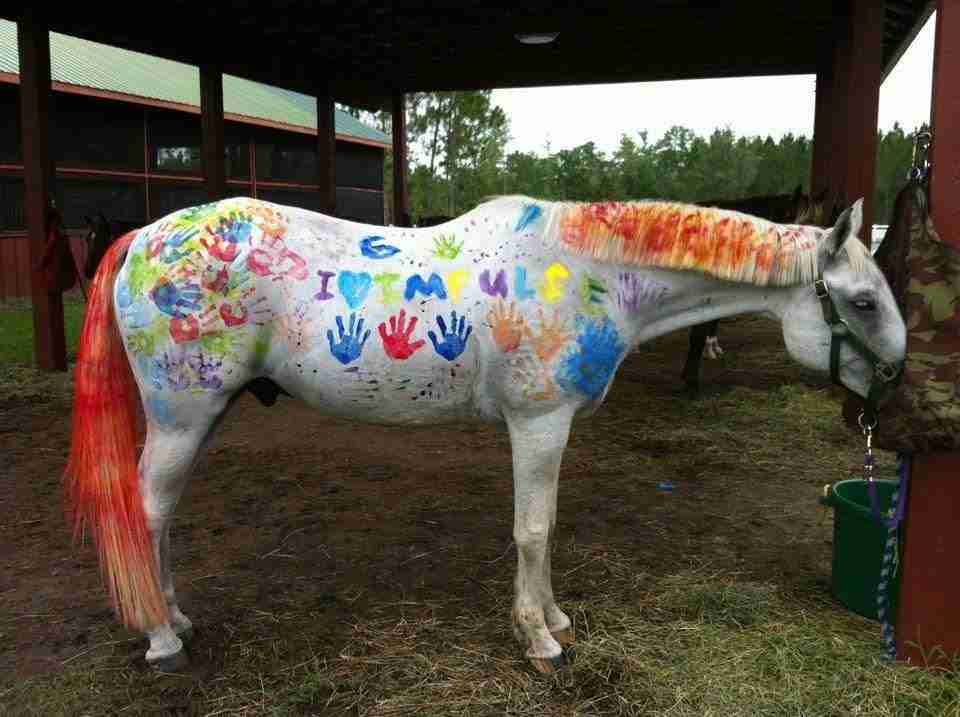
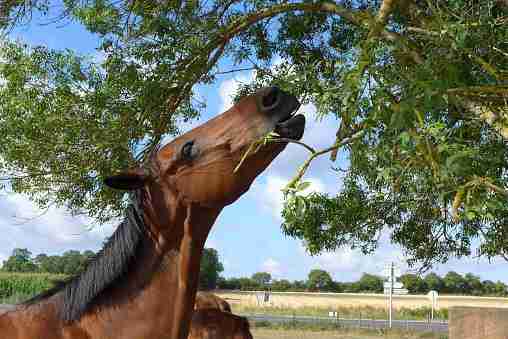
Howdy! I could have sworn I’ve been to this site before but after reading through some of the post I realized it’s new to me.
Anyways, I’m definitely happy I found it and I’ll be book-marking and checking back frequently!
I just finished reading your article on horse breeds with unique manes, and I must say, it was a delightful read! I've always been fascinated by the diversity and beauty of horses, and learning about these breeds with distinctive manes has only deepened my appreciation. From the breathtaking long and flowing manes of Friesians to the striking dreadlock-like manes of the Marwari horses, each breed showcased in your post is truly remarkable. By the way, I couldn't help but wonder if there are any specific grooming tips or techniques to maintain and enhance the beauty of these unique manes. Lastly, I appreciate your insights. Keep up the fantastic work!
Hello just wanted to give you a quick heads up and let you know a few of the images aren’t
loading properly. I’m not sure why but I think
its a linking issue. I’ve tried it in two different browsers
and both show the same outcome.
All the images loaded properly when I opened the article in Chrome. Not sure why it’s not working for you.